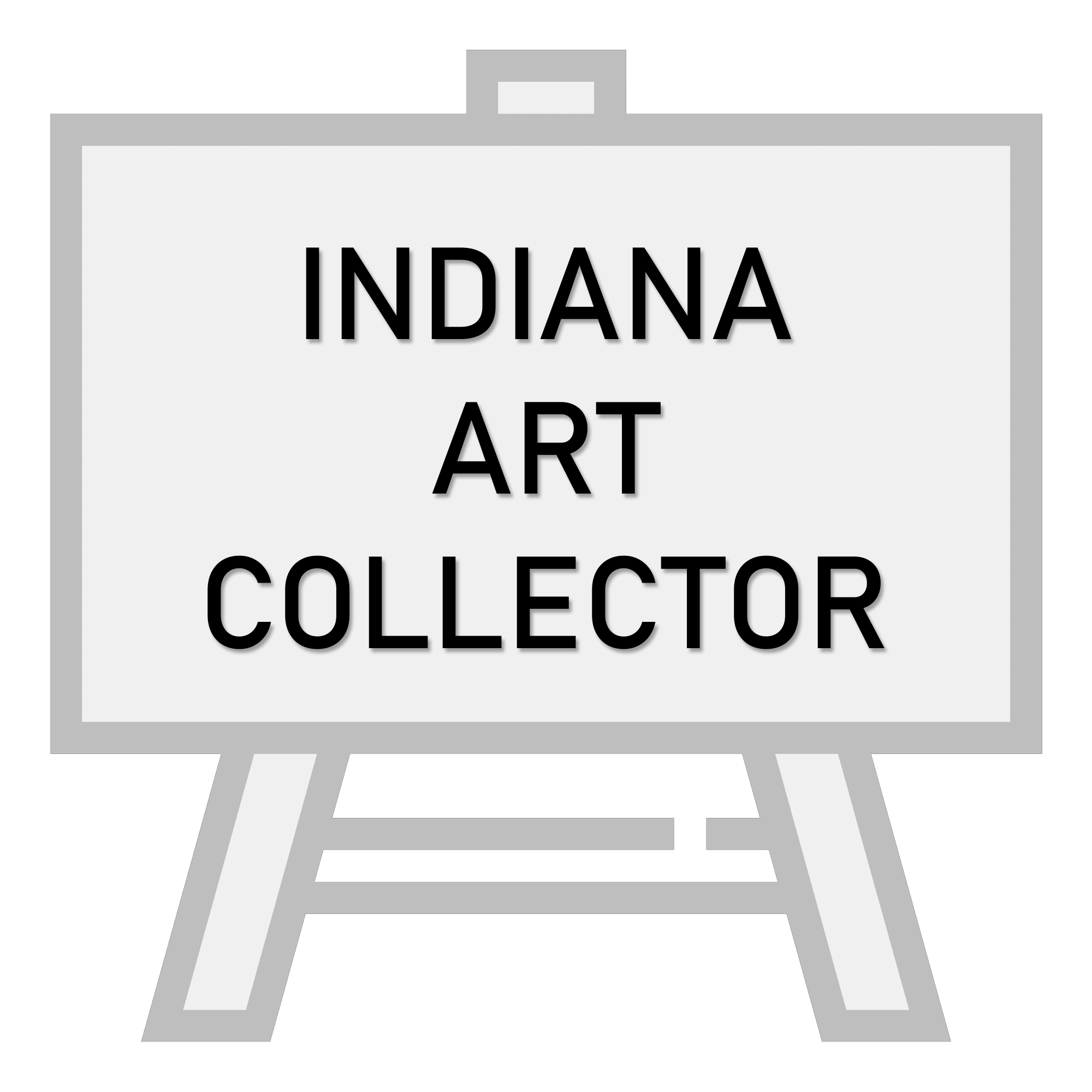Glen C. Henshaw was born in Windfall, Indiana in 1884. He later moved to the East Coast, living in Baltimore, Maryland and New York City following study at the Ecole des Beaux-Arts in Paris, where he was influenced by impressionism. Henshaw exhibited at the Herron Art Institute in Indianapolis, the Art Institute at Chicago, and the Addison Gallery of American Art of the Phillips Academy, Andover, Massachusetts. In 1941 he moved to Nashville, Indiana, in Brown County, where he purchased the Odd Fellows Building, and spent summers there for the five years remaining of his life. Brown County, termed “The Art Colony of the Midwest,” was one of six major art colonies in the early 1900s. A painter of portraits and cityscapes prior to 1941, Glen C. Henshaw continued with these genres in Nashville, also painting some landscapes. After his death in 1946, eighty-five of four hundred oils and pastels were kept as a memorial in the Odd Fellows Building and later moved to the Brown County Art Gallery. A fire destroyed many of Henshaw’s paintings at the latter venue, though today space at the Brown County Art Gallery features a collection of work that survived the fire, as well as paintings later added to the collection.
Many of these artists were either native to Indiana or lived, worked, and studied around the Midwest in the early 20th century, specifically in Indiana locales such as Indianapolis, Brown County, Muncie, Nashville, Portland, Richmond, South Bend, and southern Indiana.
Several artists studied or were integral figures at Indiana institutes such as the Fort Wayne Art School, Muncie Art School, Indiana School of Art, and the Richmond School. Others were associated with entities such as the Brown County Art Colony, Hoosier Group, Hoosier Salon, and the Richmond Art Museum. The artwork we are seeking includes impressionist, landscape, oil, still life, and watercolor paintings from these Indiana artists.
Brown County Art Colony
The Brown County Art Colony was formed in the early 1900s by artists who were attracted by the undisturbed picturesque landscape known as Peaceful Valley. T.C. Steele was the first to become a resident of the county when he purchased 200 acres near Belmont. Adolph Shulz is considered to be the founder of the Brown County Art Colony. He began visiting Brown County in 1908 and in 1917 became a permanent resident. Both Adolph Shulz and T.C. Steele influenced other artists and many began building cabins and moving to the area.
Will Vawter and Gustave Baumann were among the first to make Brown County their home. Other artists such as Charles Dahlgreen, Lucie Hartrath, and L.O. Griffith came from Chicago and by the early 1930s there were at least eighteen artists with permanent homes in Brown County.
Artists such as C. Curry Bohm, Edward K. Williams, Ada Walter Shulz, Carl Graf, V.J. Cariani, Gustav Baumann, Will Vawter, Dale Bessire, Georges LaChance, Marie Goth, Leota Loop, Adam Emory Albright, Olive Rush, and Alexis Fournier flourished and created the Brown County Art Colony nearly 100 years ago.
Sources:
- Letsinger-Miller, Lyn. The Artists of Brown County. Bloomington and Indianapolis: Indiana University Press, 1994.
- Nesbit, M. Joanne, ed., Barbara Judd, comp. Those Brown County Artists: The Ones Who Came the Ones Who Stayed the Ones Who Moved On. Nashville: Nana’s Book, 1993.
Sell Us Your Indiana Art
If you are interested in selling us your Indiana art, please contact us online, give us a call or SMS at 812-327-0401.
